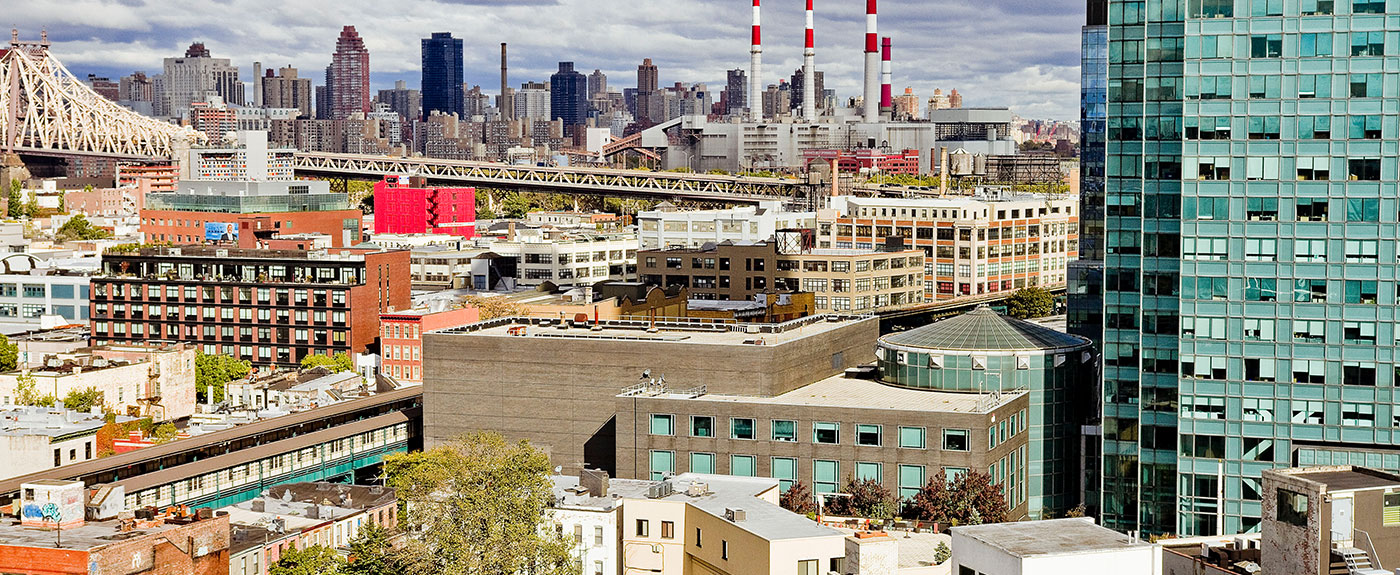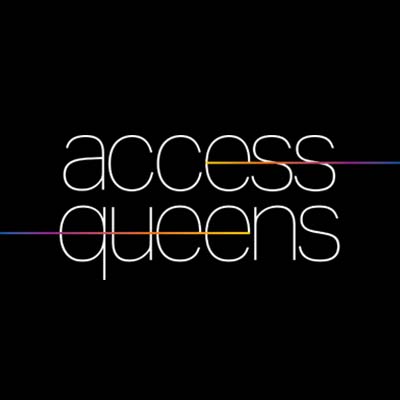On Wednesday, the MTA released a preliminary plan to address the looming L Train Shutdown, yet Queens was missing from its pages.
While the entire city knows about the forthcoming L-pocalypse, many people might not realize that they could end up in a very crowded subway station in Queens. Riders from Brooklyn diverted to the 7, E, and M trains via the G line, will experience overcrowding and delays all too common Queens subway lines.
As with other projects, the planning for the L Train Shutdown has not taken a holistic approach. Riders from Brooklyn in many cases will have to make their way to Manhattan through Queens. The impact the L Train Shutdown will have on Queens has largely been overlooked publicly by the MTA and DOT up to this point. There have been virtually no public meetings held in Queens for local residents to comment. Additionally, requests for community meetings in Queens have been declined up to this point.
The sole meeting held in Queens was in relation to the shutdown of the M train for construction necessary to be completed ahead of the L Train Shutdown. This town hall was requested by Assemblymember Cathy Nolan and held in the Ridgewood section of her district. No other elected official has called on the MTA to release a plan for Queens.
Between the political silence on the transit issues Queens residents face everyday and the delayed installation of CBTC to the 7 line, Access Queens raised these and other issues with city and state officials along the 7 line in November, with little response.
Queens remains invisible in the reporting on the L Train Shutdown, as well. Major media outlets have not covered the impact that this 18-month-long service change will have on Queens communities or what riders can expect when they get to Queens. Only part of the story is told, focusing solely on the impact in Brooklyn and Manhattan. The addition of thousands of riders to overcrowded lines such as the 7 and the E trains is a disaster waiting to happen.
“Brooklyn and Queens are so closely connected that a massive spillover of commuters will absolutely cause delays and congestion in Queens, inconveniencing riders even further,” said Access Queens Founder & Executive Director Melissa Orlando.
The MTA’s mitigation plan does not offer enough additional service needed at Court Square. By running the M train to 96th Street only in Manhattan on nights and weekends, the MTA is once again is missing an opportunity to provide adequate service in Queens. It also shows little regard for public health and the safety of riders in Queens. In May, Access Queens released a 37-page proposal containing crowd calming solutions during the L Train Shutdown. This proposal presented solutions to encourage a wider distribution of riders across other Queens subway lines, decreasing the risks associated with overcrowding conditions.
The MTA’s preliminary mitigation plan only took two solutions from this proposal. Will the city work with the MTA to place additional police personnel at Court Square in order to prevent serious incidents, like harassment and fights that break out frequently on overcrowded lines? Who will ensure riders are safe while they wait for trains on packed platforms?
While we applaud the MTA for including free transfers between the G and 7 trains at 21 St/Hunters Point Avenue, we remain concerned about the potential crowding conditions at Court Square. This represents a real, present-day problem in a station that was never designed to be a major point of transfer. There is also no mention of improved maintenance of the long escalators and the people mover within the station, which are frequently out of service, nor any mention of making the E/M platforms ADA-compliant.
Assemblywoman Cathy Nolan has reviewed and endorsed the Access Queens proposal. Together, Nolan and Access Queens are calling for more public meetings in Queens on the impact of the shutdown. We hope the MTA will hear riders’ concerns and develop additional strategies to accommodate riders whose commutes will be rerouted through Queens.

